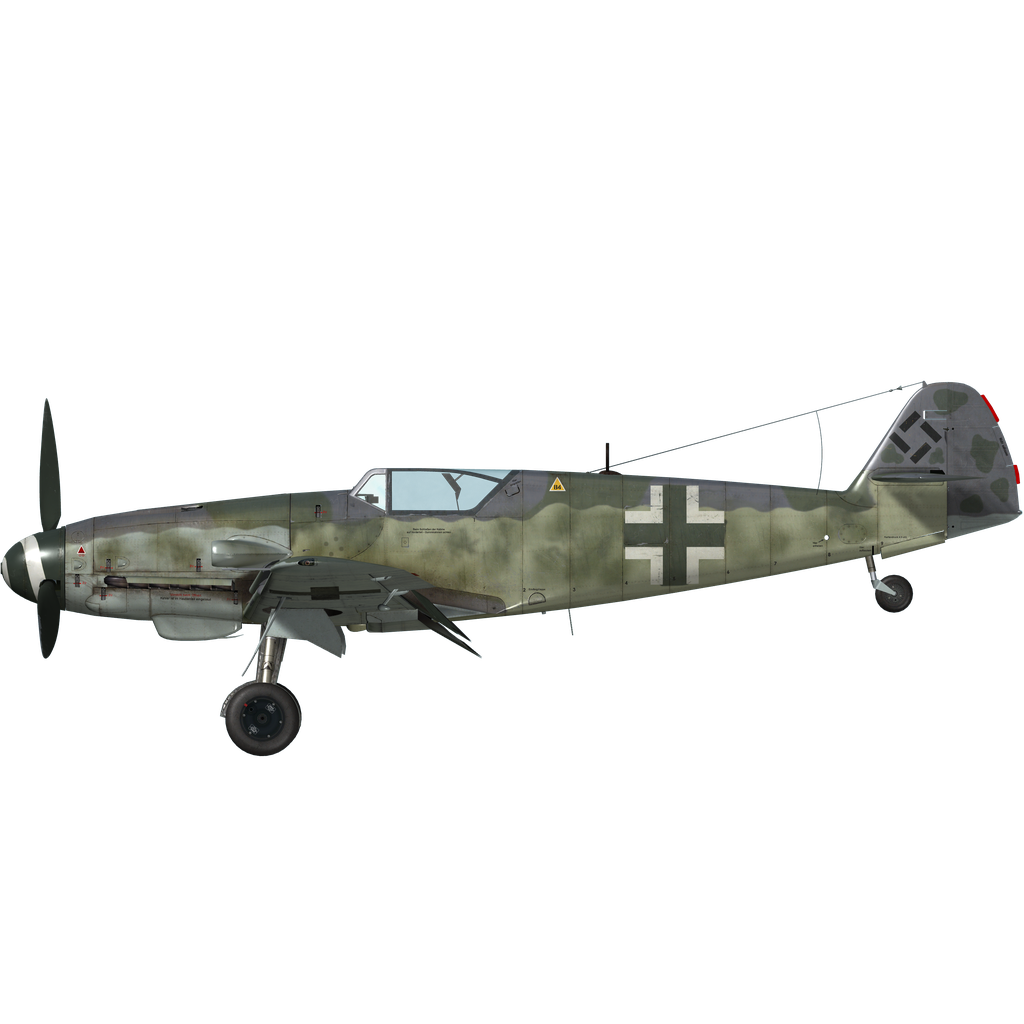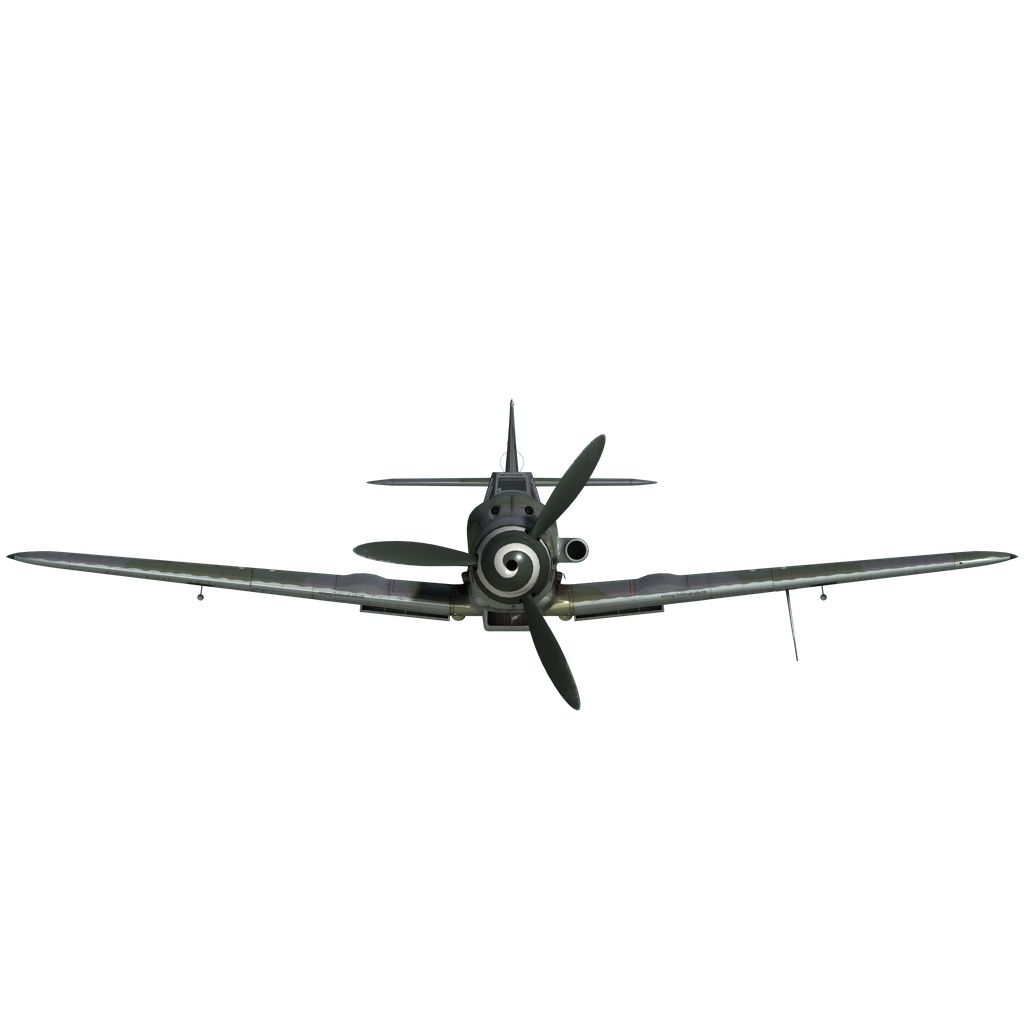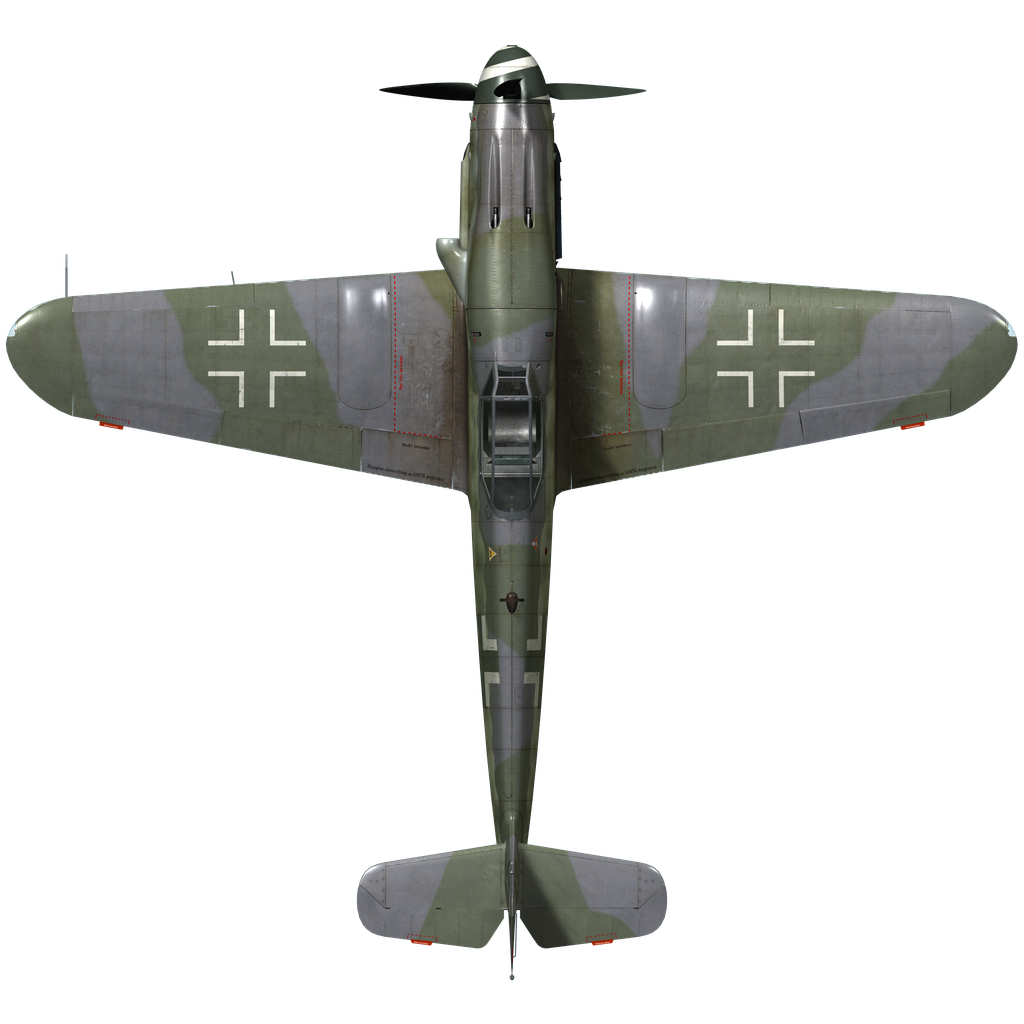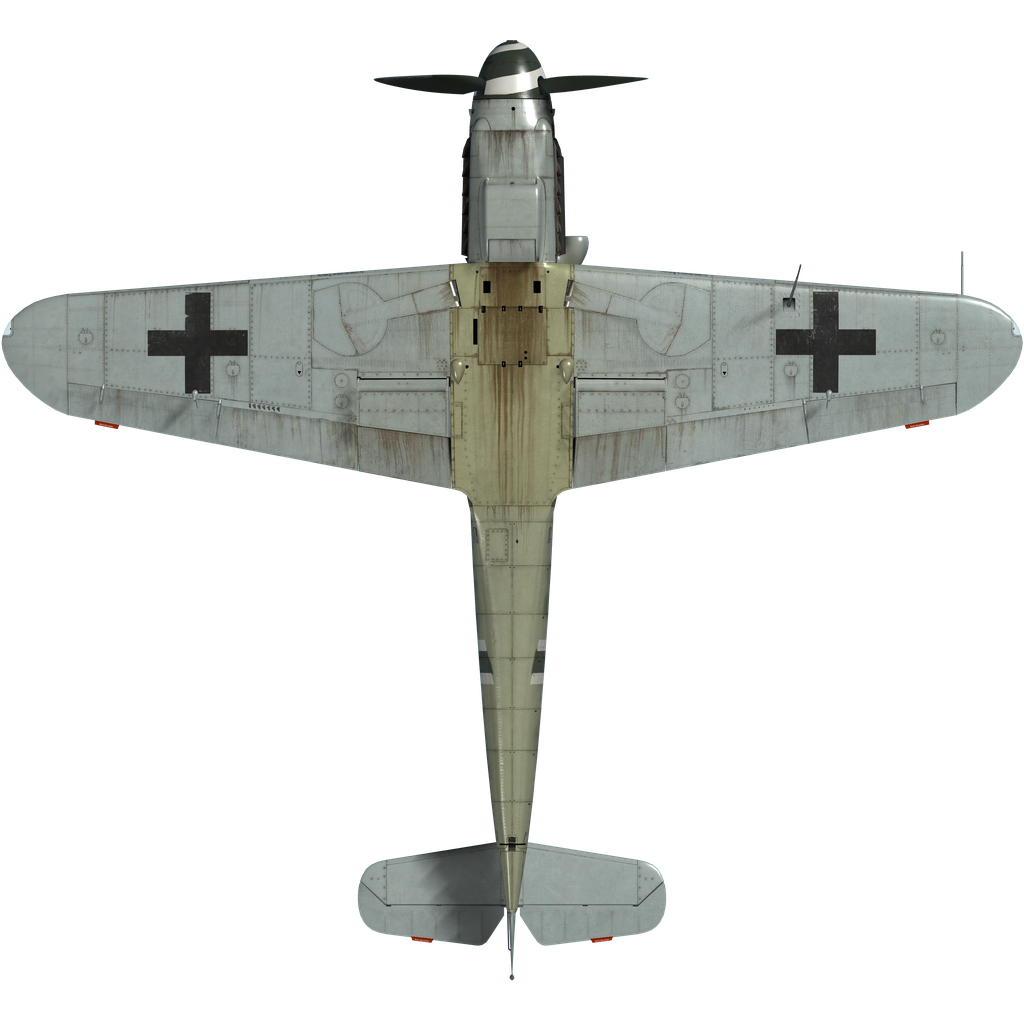The Messerschmitt Bf 109, the most mass-produced fighter of Hitler's Germany, appeared in 1934 in response to the Luftwaffe's request for the latest single-engine monoplane fighter. The prototype's first flight took place on May 28, 1935, and from 1936 to 1942, 6 models were built — from the Bf 109 A "Anton" to the Bf 109 G "Gustav."
In the second half of the war, the tension in the skies continued to increase, leading to a sharp rise in aircraft losses. In 1944, the Luftwaffe was fighting at the limit of its capabilities and switched to air defense. The aircraft industry was reorganized to increase production of fighter aircraft. To coordinate all activities related to the serial production of fighters, a "Fighter Headquarters" was created in March 1944 at the Ministry of Aviation, which quickly established cooperation between assembly plants and component suppliers, using the harshest repressive and administrative measures.
In an attempt to keep the well-proven fighter on the assembly line, but to reduce the number of its modifications, the "Headquarters" proposed to create a new model of the Bf 109. The aircraft was to receive a new modification of the DB 605 engine — the 605D, which was a unified version with the introduction of all previous modifications in series production (larger supercharger, fuel system allowing to operate on different types of fuel, and use of the MW 50 boost system). This is how the last production version of the Bf 109 K "Kurfürst" was created.
The Messerschmitt designers planned to increase flight performance primarily through improved aerodynamics.
The first pre-production Bf 109 K-0 was built in September 1944. It had an Erla-type canopy, a wooden tail, and a retractable tail wheel on an extended strut, which finally made it possible to reduce the aircraft's landing angle from 14 to 13 degrees and solve the problem of uneven airflow over the wings, thus reducing the number of accidents during landings. Several variants of the new aircraft were developed, but only the Bf 109 K-4, which received the DB 605 DB engine as standard, went into production in the early fall of 1944. This engine could run on B4 fuel with MW50 injection or on C3 fuel without MW 50, which gave a takeoff power of 1850 hp in both cases. At the end of the war, a variant of the DB 605 DS engine was installed on some aircraft, which developed up to 2000 hp on C3 fuel with MW 50 injection and increased turbocharging. Standard armament included a 30 mm MK 108 cannon and two synchronized MG 131 machine guns.
-
The wing installation was changed;
-
Smoother upper surface of the wing;
-
Improved shape of the cockpit-fuselage interface;
-
New air intakes for supercharging;
-
Improved engine cooling system;
-
More efficient oil coolers were installed;
-
More advanced exhaust systems with a more jet-like effect;
-
Engine cowling with improved aerodynamics.
In tests with production aircraft, the Bf 109 K was about 35-40 km/h faster than the Bf 109 G with the same engines and external mountings.
-
R1 - mounting of an ETC 500IXb or 503 rack for carriage of one 250 kg or 500 kg bomb;
-
R3 - mounting of a rack for a 300-liter drop tank;
-
R5 - two MG 151/20 cannons in underwing gunpods
The first Kurfüsts rolled off the assembly lines in October 1944 and were delivered to training and air defense units in Germany. During the winter, the number of units that were fully or partially converted to the Bf 109 K increased steadily, with the Kurfürst being delivered primarily to the Western Front. Bf 109 K-4 fighters took part in the last major Luftwaffe operation called "Bodenplatte" - the attack on Allied airfields in Belgium and Holland on January 1, 1945.
According to one of the last programs of the German aircraft industry, the production of Kurfüsts was to exceed 12700 machines in the period from July 1944 to March 1946. The actual number of aircraft built is not known: it is believed that no more than 1200 Bf 109 K-4 were built, of which 534 were delivered by November 30, 1944.
Sources used:
1. W. Creen "The Warplanes of the Third Reich", Galahad Books, 1986
2. "Wings of the Luftwaffe" Translation of W. Creen's book "Combat Airplanes of the Third Reich" by A. Firsov, 1993.
3. "Yak-1,7,9,3/ Bf 109 fighters" Journal of Aviation and Cosmonautics, 5-6, 1999.
4. Materials of the site airwar.ru






